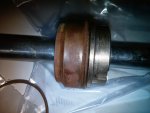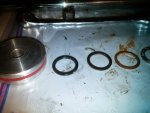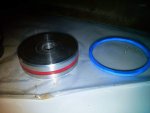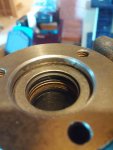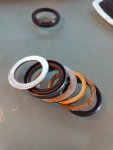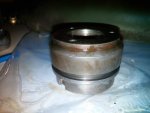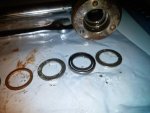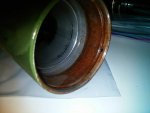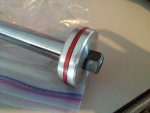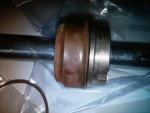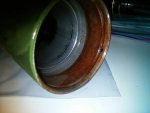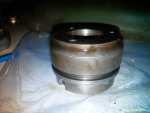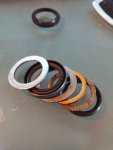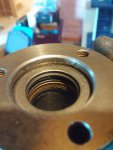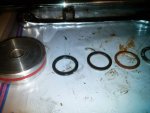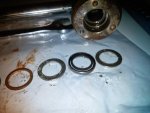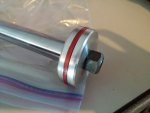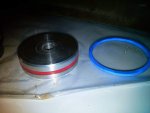Alexsha
New member
- 318
- 3
- 0
- Location
- Cache Valley, UT
Like some, I recently found the power steering ram on the passenger side of the front axle of my M923A2 to be leaking. Time for a project!
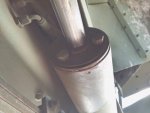
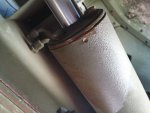
Here's why my seals failed:
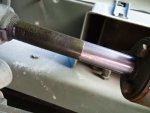
CARC paint is fairly abrasive. Having the seals rub on it just tore them up. Do yourself a favor and make sure the piston rod is clean all the way to the threads.
So when you have a nice rusty fluid coming out of the cylinder, you've got bad seals on the gland. You can get a kit on eBay for $50 that includes all the seals in the cylinder. "M939 Power Steering Cylinder Seal Repair Kit" should get you there.
NSN 5330-01-143-6486
PN: SK000164
You will also need replacement access covers and felt pads for the stud sockets.
Access Cover
NSN 5340-00-409-8936
Felt Pad
NSN 5330-01-089-3073
TM reference for removal and installation:
TM 9-2320-272-23-3 pg 0510-1
TM parts reference
TM 9-2320-272-24P-2 pg 0339-1
Here's all the parts in the seal kit:
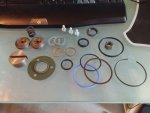
Here you can see the stud sockets with access covers in place (felt pads are under the access covers and help keep the grease in)
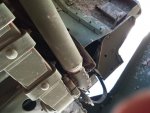
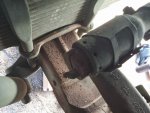
Remove cotter pins, loosen the end plugs and pull that sucker off. (You can see the felt pad in the 2nd picture)
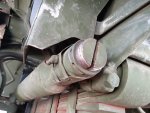
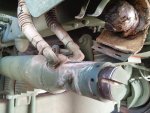
When you pull the hoses you get this lovely stuff:
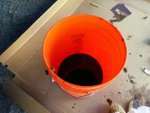


Here's why my seals failed:

CARC paint is fairly abrasive. Having the seals rub on it just tore them up. Do yourself a favor and make sure the piston rod is clean all the way to the threads.
So when you have a nice rusty fluid coming out of the cylinder, you've got bad seals on the gland. You can get a kit on eBay for $50 that includes all the seals in the cylinder. "M939 Power Steering Cylinder Seal Repair Kit" should get you there.
NSN 5330-01-143-6486
PN: SK000164
You will also need replacement access covers and felt pads for the stud sockets.
Access Cover
NSN 5340-00-409-8936
Felt Pad
NSN 5330-01-089-3073
TM reference for removal and installation:
TM 9-2320-272-23-3 pg 0510-1
TM parts reference
TM 9-2320-272-24P-2 pg 0339-1
Here's all the parts in the seal kit:

Here you can see the stud sockets with access covers in place (felt pads are under the access covers and help keep the grease in)


Remove cotter pins, loosen the end plugs and pull that sucker off. (You can see the felt pad in the 2nd picture)


When you pull the hoses you get this lovely stuff:

Attachments
-
38.1 KB Views: 46
-
43.4 KB Views: 41
-
26.9 KB Views: 32
-
38.7 KB Views: 36
-
29.6 KB Views: 36
-
33.1 KB Views: 36
-
40 KB Views: 36
-
31.7 KB Views: 38
-
27 KB Views: 40



